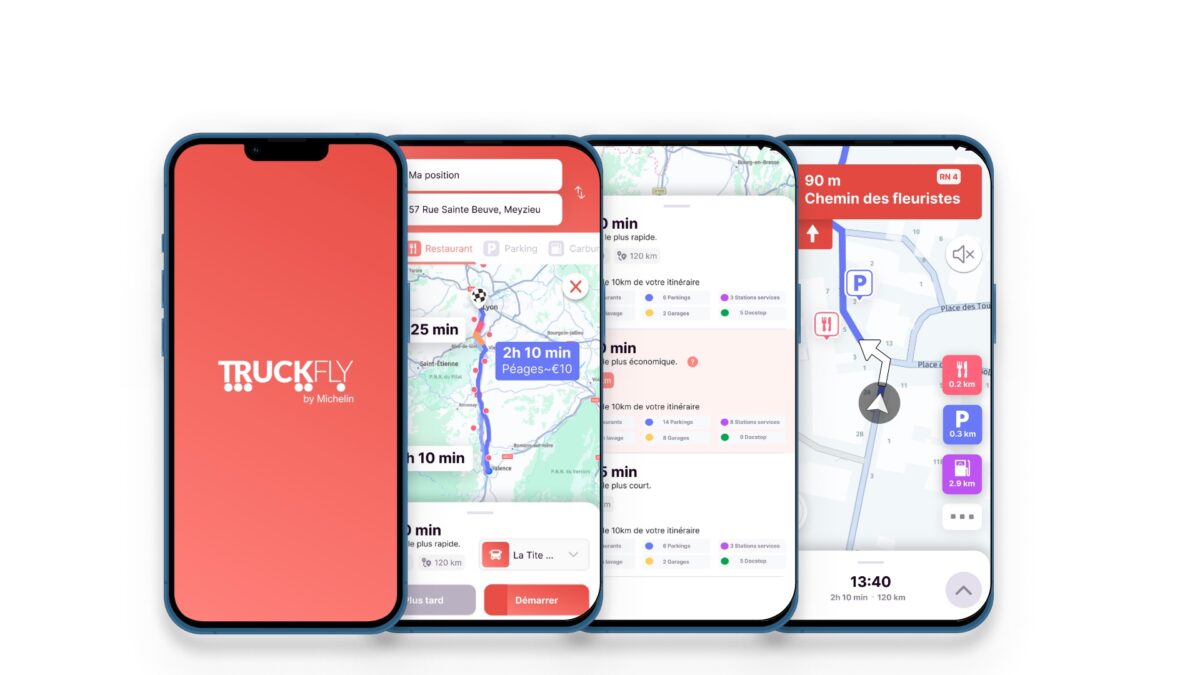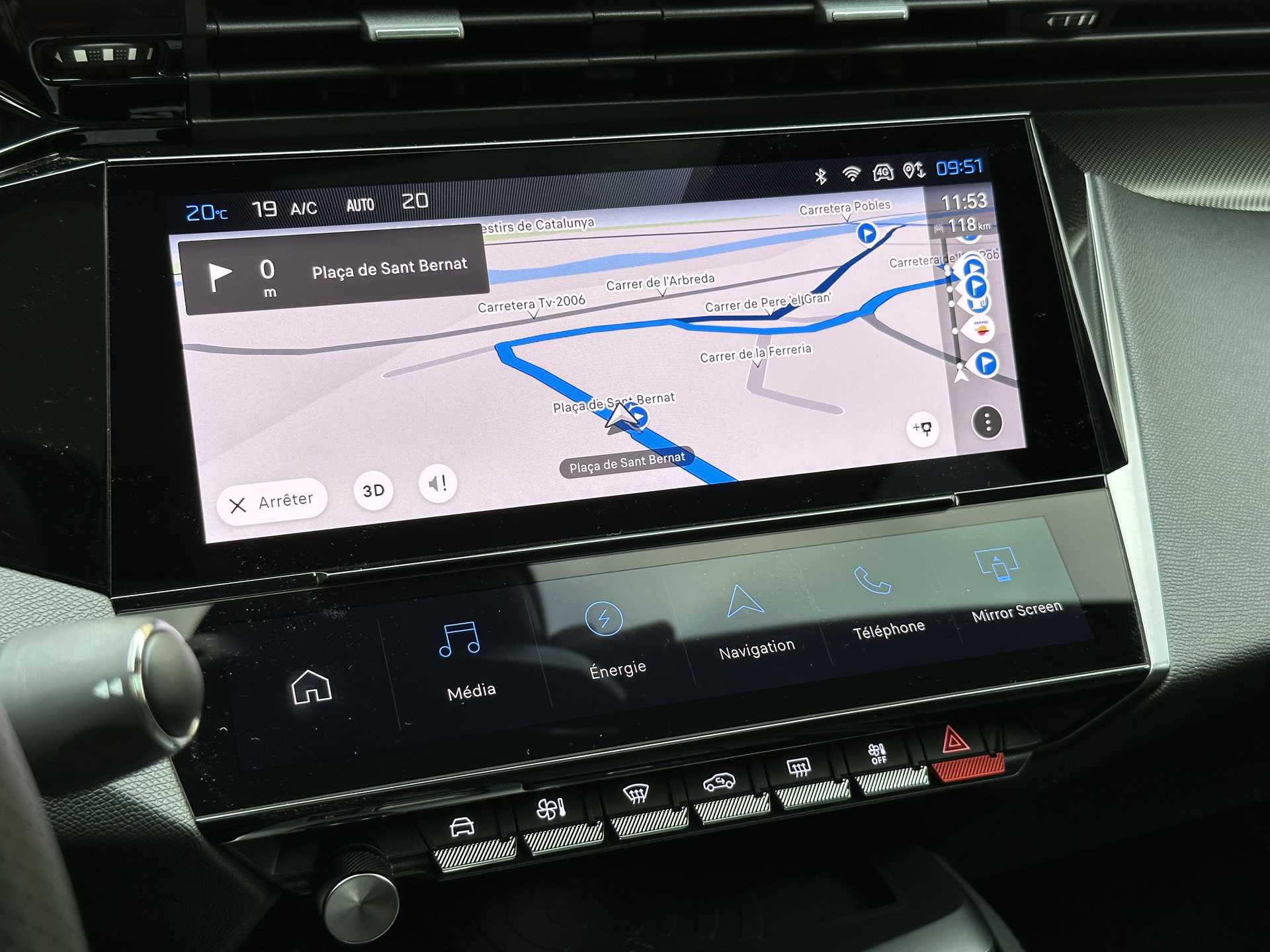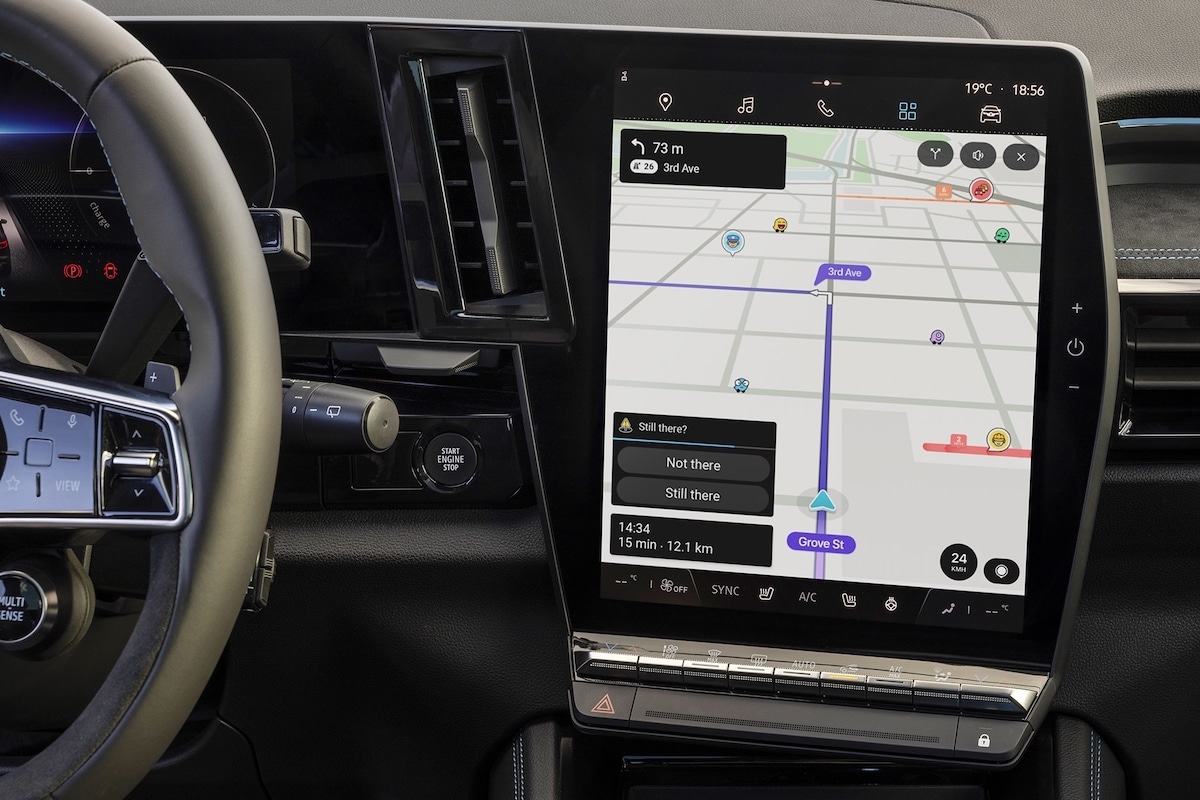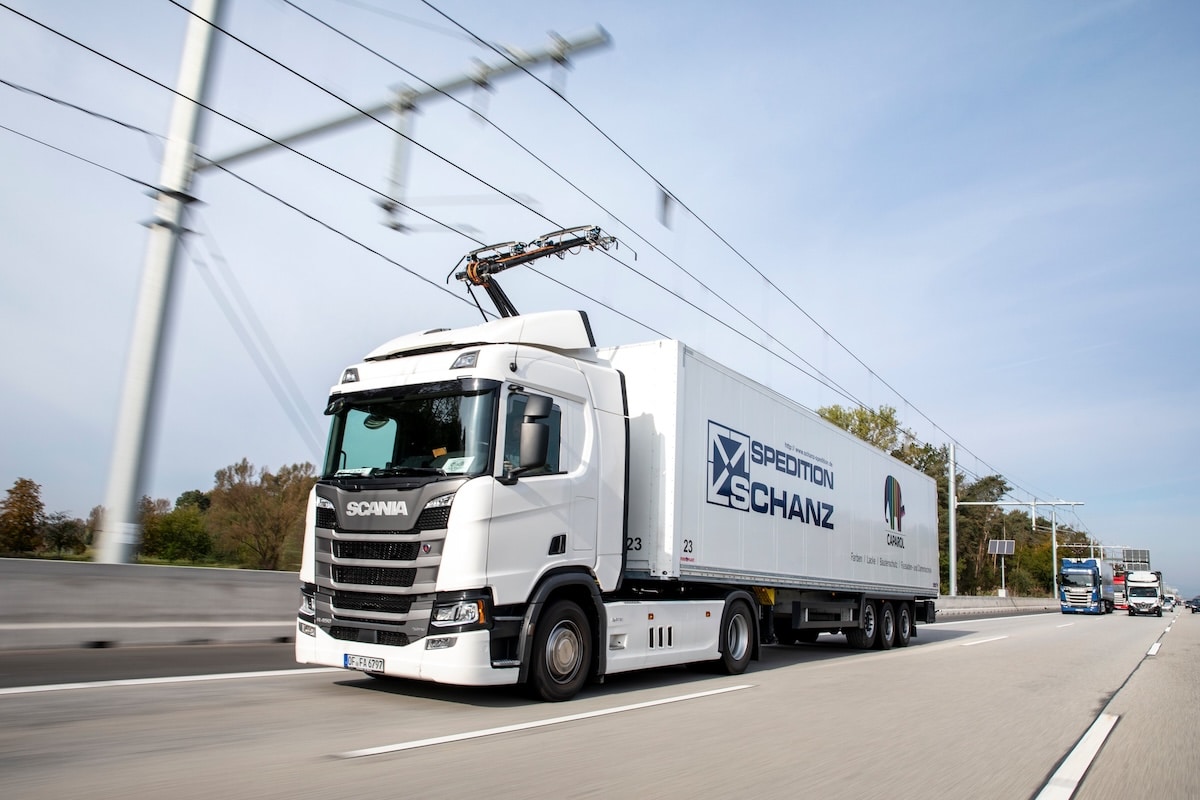Google Maps: Longer routes to Save Fuel
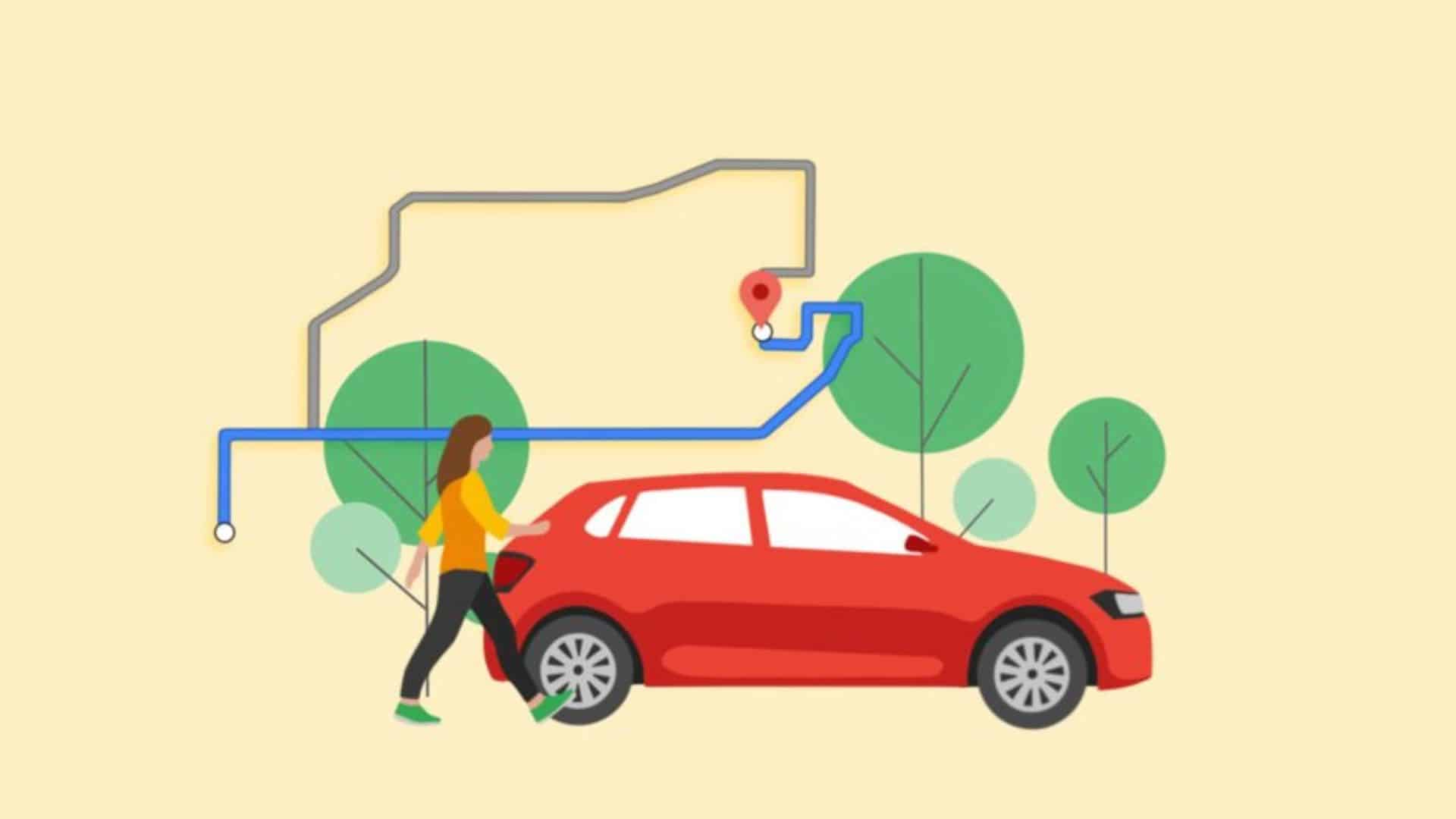
Google Maps now offers longer but more energy-efficient routes.
Motorists willing to take slightly longer trips to consume less fuel can now rely on Google Maps, which is now offering its users “eco-friendly” routes.
Already available in Germany and the United States, this feature is launching today in France and other countries. In the context of soaring fuel prices, it may be useful for those looking to reduce their fuel budget. But its advantage is not only economic: by reducing consumption, the “eco-friendly” route naturally leads to a decrease in exhaust emissions. The gains will be modest in absolute terms, but the proverb that “every little bit helps” also applies to the environment. Google also claims that this new feature has already had a real impact in the United States and Canada since its launch. According to the Mountain View-based company, fuel-efficient routes have “already resulted in a reduction of over 500,000 tons of CO₂ emissions, equivalent to removing 100,000 internal combustion engine cars from the road.”
A route adapted to the vehicle type
This new route is offered in addition to the fastest route, when that route is not already the most energy-efficient. The suggestion made to the user may vary depending on their vehicle, provided that the information has been entered beforehand. Google has indeed integrated the specifics of each type of engine into its calculations, based on the assumption that “diesel engines are often more economical at high speeds than gasoline engines, while hybrid and electric vehicles perform better in stop-and-go traffic.”.
In France, this new feature allows Google to anticipate new legal obligations. A decree published on August 3, 2022 indeed requires navigation services to offer an alternative route that is less fast and thus less energy-consuming when the main route includes segments with speeds of 110 km/h or higher. This rule, which adds to other new regulations, must be implemented by March 1, 2023, at the latest.
Read also: Built-in GPS or smartphone: which to choose?
This page is translated from the original post "Google Maps : des trajets plus longs pour moins consommer" in French.
We also suggestthese articles:
Also read
